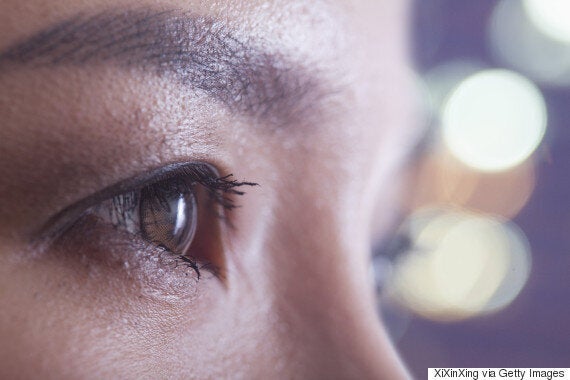A doctor in the UK has performed the world's first embryonic stem cell operation using a "patch" technique in the hope of finding a cure for blindness in some patients, the Press Association reports.
Professor Lyndon Da Cruz from Moorfields Eye Hospital in London carried out the operation last month on a woman with age-related macular degeneration (AMD).
The procedure involves taking a single stem cell from an embryo and growing it into a "patch" or sheet of cells that can be transplanted into the eye.
Experts hope to be able to reverse vision loss in people with AMD, which affects more than 600,000 people in the UK and is the leading cause of blindness in adults.

The woman does not wish to be named but there have been no complications to date.
A study on 10 patients with a form of the disease known as wet AMD has been launched, with the hope of extending the findings to people with the more common dry AMD.
AMD affects one specific area of cells that are either damaged or completely missing.
In the new technique, a stem cell from an embryo is grown in the lab to create a single layer of retinal pigment epithelium cells.
These cells form a thin sheet that lines the inside of the eye, under the retina. A healthy layer is critical to normal sight.
When these cells are damaged or lost, they are thought to lead to AMD.
SEE ALSO:
Real Life 'Ken Doll' Is First Man In The UK To Have Stem Cell Hair Treatment
An ‘Artist' Has Grown An Ear On His Arm That Lets Us Eavesdrop On His Life
Professor Da Cruz said embryos were the "perfect source" of cells, adding: "The reason we are very excited is that we have been able to create these very specific cells and we have been able to transfer them to the patient.
"It's the combination of being able to create the cells that are missing and demonstrate that we can safely transplant them.
"This has the potential to be a treatment rather than being theoretical proof."
A previous safety study published in The Lancet used stem cells in a solution but was not aimed at reversing sight loss or producing a therapy.
This is the first time experts have used a "patch" technique using embryonic cells with the aim of reversing vision loss in patients.
The cells were taken from donated embryos that were created during IVF treatment but never used.
Prof Da Cruz has started the trial with wet AMD patients because there is potential to restore their sight faster following sudden vision loss.
"We can get an answer much earlier (with wet AMD compared with dry AMD) because vision can be restored more quickly," he said.
"We would hope within the first three months to get some idea of whether it is working."
He said the surgery would need to be performed early on in patients with dry AMD, but added: "Certainly, we believe this technique will work in patients with dry AMD."
The operation is a major milestone in the London Project to Cure Blindness, which is a partnership between Moorfields, the University College London Institute of Ophthalmology and the National Institute for Health Research.
Pharmaceutical giant Pfizer joined the partnership in 2009 with the goal of creating a potential therapy for AMD.
